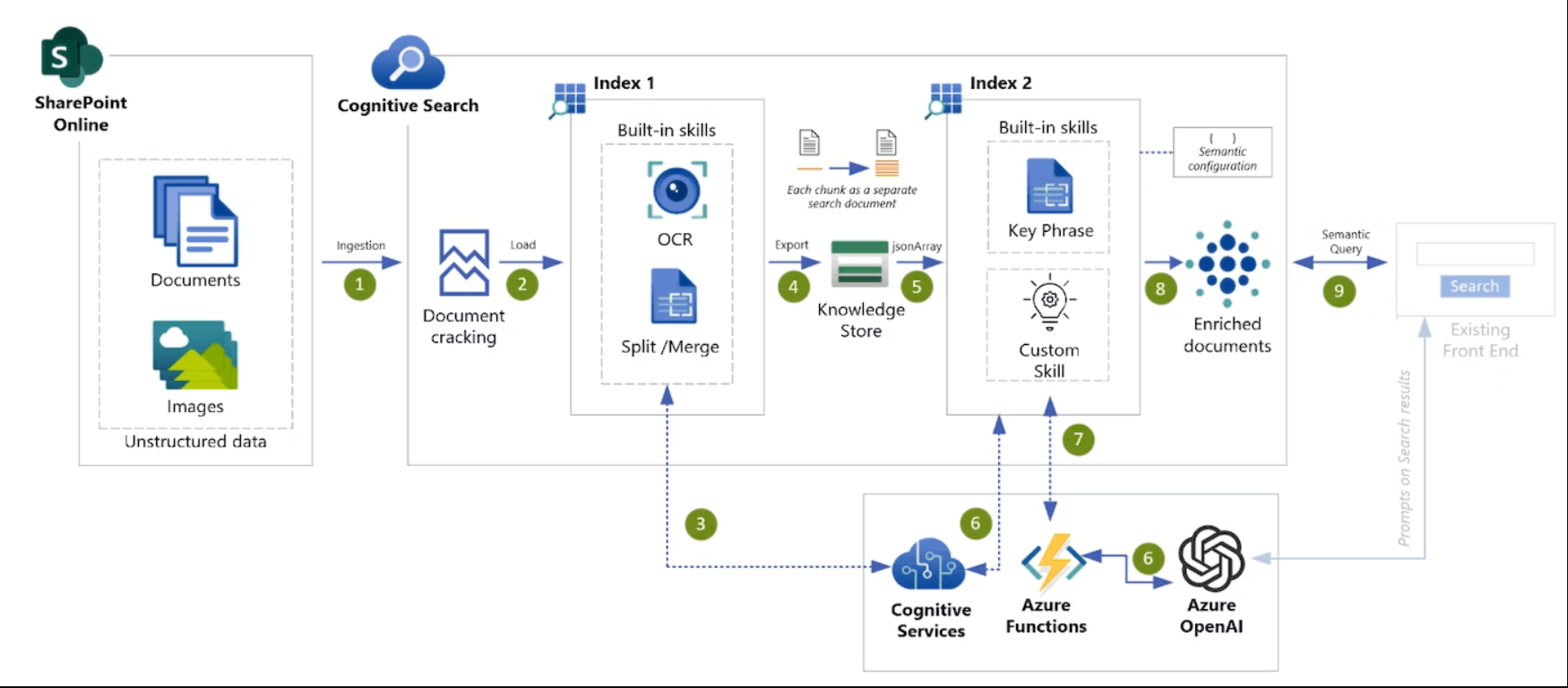Navigating A Screen-Free Week With Your Children

Table of Contents
Planning Your Screen-Free Week: Preparation is Key
A successful screen-free week hinges on thorough preparation. Jumping in without a plan can lead to frustration and ultimately derail your efforts.
Setting Realistic Expectations
Don't aim for perfection. A completely screen-free week might be unrealistic, especially for older children. Instead, set achievable goals.
- Focus on one day at a time: Start with a single screen-free day and gradually increase the duration.
- Designated screen-free zones: Designate specific times or areas of the house as screen-free zones.
- Partial screen breaks: Instead of eliminating all screens, limit screen time to specific activities or durations.
- Involve your children: Let your children participate in planning the week. This creates ownership and increases their buy-in. Ask them what activities they'd enjoy, and build a schedule together.
Identifying Alternative Activities
The key to a successful screen-free week is having a roster of engaging alternatives readily available.
- Age-appropriate activities: Choose activities suitable for your children's ages and interests. Younger children might enjoy playing with blocks or drawing, while older children might prefer board games, reading, or outdoor adventures.
- Outdoor fun: Plan outdoor activities like hiking, biking, or playing in the park. Fresh air and physical activity are fantastic screen-free alternatives.
- Creative pursuits: Encourage creative activities like drawing, painting, crafting, building with LEGOs, or writing stories.
- Family game night: Dedicate specific times for board games, card games, or other family games.
- Reading time: Set aside time for reading together or individually. Visit your local library for fresh reading material. For more ideas, check out .
Communicating the Plan
Open and honest communication is essential to ensure a smooth transition.
- Age-appropriate explanations: Explain the reasons behind the screen-free week in a way that your children can understand. Focus on the positive aspects like spending quality time together and engaging in fun activities.
- Address anxieties: Acknowledge and address any anxieties your children may have about giving up screen time. Reassure them that it's temporary and that there will be plenty of fun activities to replace screen time.
- Build excitement: Generate excitement for the planned activities. Involve them in the process and let them choose some of the activities.
Managing the Transition: Handling Challenges During Your Screen-Free Week
Even with careful planning, you may encounter challenges during your screen-free week.
Addressing Withdrawal Symptoms
Children (and adults!) can experience withdrawal symptoms when suddenly deprived of screen time.
- Irritability and mood swings: Be prepared for some irritability, mood swings, or even tantrums, especially in the initial stages. Remain calm, patient, and understanding.
- Boredom: Boredom is a common reaction. Have a list of backup activities ready to combat this.
- Comforting routines: Maintain familiar and comforting routines to provide a sense of stability.
- Positive reinforcement: Praise and reward positive behavior and cooperation.
Dealing with Screen Time Cravings
Cravings are normal. Here are some strategies to manage them:
- Distraction techniques: Redirect your child's attention to other activities. Offer a fun alternative or engage them in a conversation.
- Set clear boundaries: Maintain firm boundaries and stick to the plan.
- Alternative activities: Keep a variety of engaging activities at hand to occupy their time and keep them entertained.
Family Support and Teamwork
Successful implementation requires teamwork and consistent support from all family members.
- Shared responsibilities: Divide responsibilities for planning and implementing the screen-free week among family members.
- Positive family environment: Maintain a positive and supportive family environment.
- Celebrate milestones: Celebrate your successes and acknowledge your children's efforts.
Maximizing the Benefits of Your Screen-Free Week: Reaping the Rewards
A successful screen-free week yields substantial rewards.
Enhanced Family Connection
Reduced screen time fosters deeper family connections.
- Family dinners: Enjoy screen-free family dinners, encouraging conversations and sharing experiences.
- Game nights: Dedicate time for family game nights, fostering teamwork and laughter.
- Storytelling: Share stories, memories, and jokes, strengthening family bonds.
Improved Physical and Mental Well-being
Screen-free time positively impacts children's physical and mental health.
- Increased physical activity: Children will naturally engage in more physical activities, leading to improved fitness and health.
- Reduced anxiety: Reduced screen time can lead to lower levels of anxiety and stress.
- Improved sleep: Less screen time before bed improves sleep quality.
Fostering Creativity and Imagination
A screen-free environment sparks creativity and imagination.
- Arts and crafts: Children may rediscover their love for drawing, painting, and other creative activities.
- Building and constructing: Building with blocks, LEGOs, or other materials encourages problem-solving and imaginative play.
- Storytelling and writing: Children may write stories, poems, or plays, expressing their creativity.
Conclusion: Sustaining a Screen-Free Lifestyle Beyond the Week
A screen-free week is more than just a temporary break; it's an opportunity to establish healthier habits and strengthen family bonds. By carefully planning, addressing potential challenges proactively, and focusing on the positive aspects, you can make your screen-free week a rewarding experience for the whole family. Remember that reducing screen time doesn't mean eliminating it entirely. The goal is to find a balance that promotes healthy development and strong family relationships. Now it's your turn! Plan your own screen-free week, and share your experiences – successes and challenges – in the comments below. Let's create a community committed to finding the right balance between technology and family time, embracing more screen-free time, implementing a digital detox for kids, and ultimately, reducing screen time for children.

Featured Posts
-
 Finding Refuge In Europe Americans Pursuit Of Citizenship After The Trump Years
May 21, 2025
Finding Refuge In Europe Americans Pursuit Of Citizenship After The Trump Years
May 21, 2025 -
 Technical Glitch Forces Blue Origin To Cancel Rocket Launch
May 21, 2025
Technical Glitch Forces Blue Origin To Cancel Rocket Launch
May 21, 2025 -
 Mntkhb Amryka Thlathy Jdyd Fy Qaymt Bwtshytynw
May 21, 2025
Mntkhb Amryka Thlathy Jdyd Fy Qaymt Bwtshytynw
May 21, 2025 -
 Abn Amro Sterke Stijging Occasionverkoop Door Groeiend Autobezit
May 21, 2025
Abn Amro Sterke Stijging Occasionverkoop Door Groeiend Autobezit
May 21, 2025 -
 First Look Echo Valley Images Preview Sydney Sweeney And Julianne Moores Film
May 21, 2025
First Look Echo Valley Images Preview Sydney Sweeney And Julianne Moores Film
May 21, 2025
Latest Posts
-
 T Mobile To Pay 16 Million Following Three Years Of Data Security Issues
May 21, 2025
T Mobile To Pay 16 Million Following Three Years Of Data Security Issues
May 21, 2025 -
 T Mobile Hit With 16 Million Fine For Data Breaches Spanning Three Years
May 21, 2025
T Mobile Hit With 16 Million Fine For Data Breaches Spanning Three Years
May 21, 2025 -
 Revolutionizing Voice Assistant Development Open Ais New Tools
May 21, 2025
Revolutionizing Voice Assistant Development Open Ais New Tools
May 21, 2025 -
 Exec Office365 Breach Nets Millions For Hacker Fbi Says
May 21, 2025
Exec Office365 Breach Nets Millions For Hacker Fbi Says
May 21, 2025 -
 Podcast Revolution Ais Role In Transforming Repetitive Scatological Text
May 21, 2025
Podcast Revolution Ais Role In Transforming Repetitive Scatological Text
May 21, 2025
